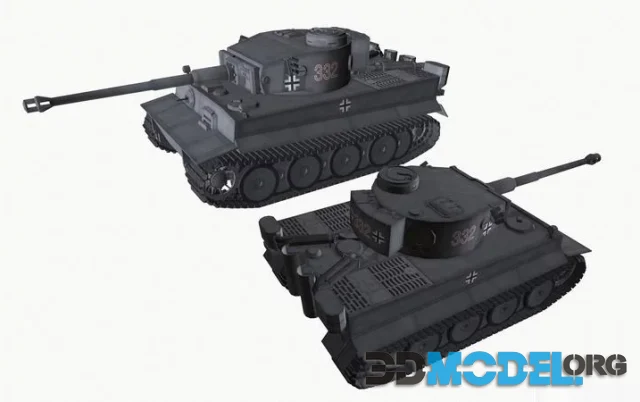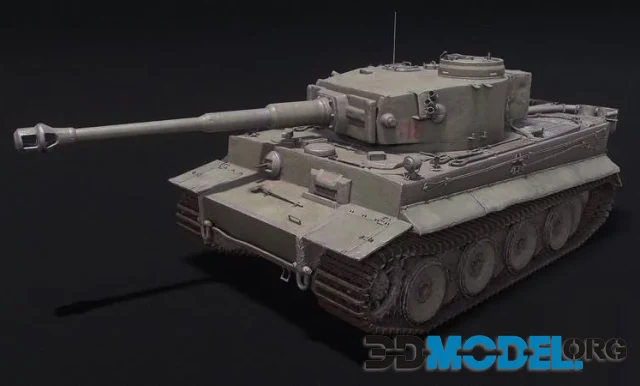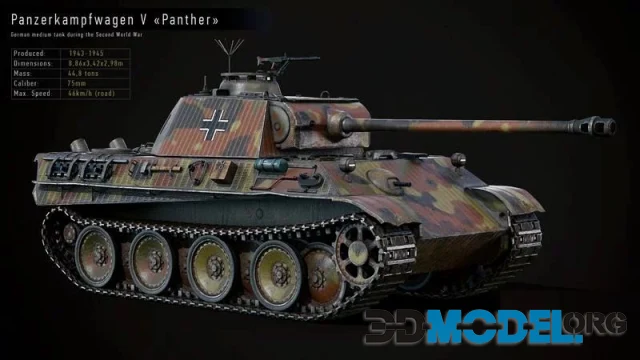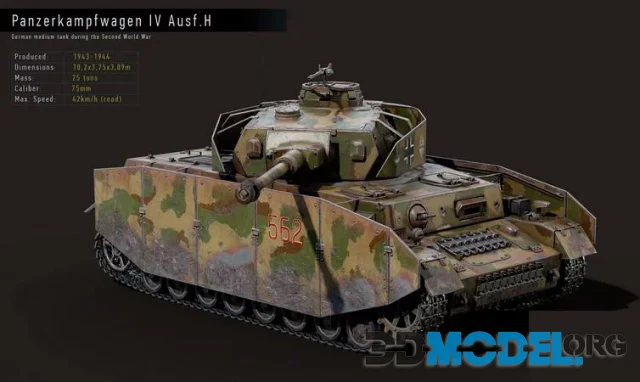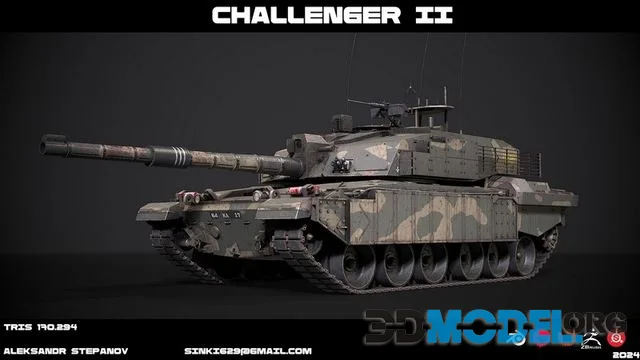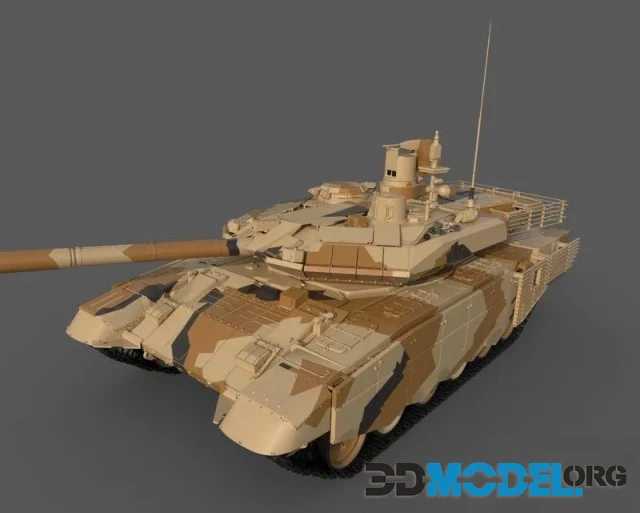Panzerkampfwagen VI Ausf. B (PBR)
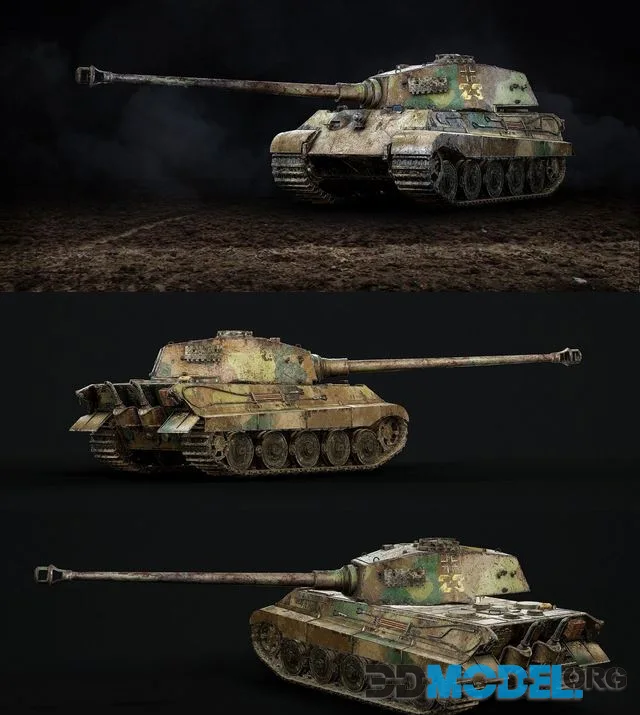
The Panzerkampfwagen VI Ausf. B, more commonly known as the Tiger II or King Tiger, was a German heavy tank used during World War II. Renowned for its formidable armor and powerful gun, the Tiger II was one of the most feared tanks of the war, combining superior firepower with exceptional protection.
The exterior design of the Tiger II is characterized by its large and imposing silhouette. The tank features sloped armor plating, which was designed to deflect incoming projectiles and provide maximum protection. The front armor was particularly thick, up to 150 mm, making it nearly impervious to most Allied anti-tank weapons of the time. The turret, known for its distinctive shape, housed the powerful 8.8 cm KwK 43 L/71 gun, capable of destroying any Allied tank at long ranges.
Key features of the Panzerkampfwagen VI Ausf. B include:
Armor and Protection:
Sloped Armor: The angled design of the armor provided superior deflection capabilities, enhancing the tank's survivability on the battlefield.
Thick Plating: The frontal armor was up to 150 mm thick, while the sides and rear were also heavily armored, providing comprehensive protection against enemy fire.
Armament:
Main Gun: The Tiger II was equipped with the 8.8 cm KwK 43 L/71 gun, one of the most powerful tank guns of the war. It had excellent range, penetration capabilities, and accuracy.
Secondary Armament: The tank also carried a coaxial 7.92 mm MG34 machine gun mounted in the turret and another MG34 mounted in the hull for anti-infantry purposes.
Mobility:
Engine: The Tiger II was powered by a Maybach HL230 P30 V12 engine, producing 700 horsepower. Despite its heavy weight, the engine provided a top speed of around 41.5 km/h (25.8 mph) on roads.
Suspension: The torsion bar suspension system allowed for relatively smooth handling over rough terrain, although the tank's heavy weight could be a drawback in certain environments.
Interior:
Crew: The Tiger II had a crew of five: a commander, gunner, loader, driver, and radio operator/machine gunner. The interior was cramped but well-organized, with each crew member having specific roles and responsibilities.
Layout: The driver's and radio operator's positions were in the front hull, the turret housed the commander, gunner, and loader. The turret was electrically traversed, with manual backup.
Historical Context:
Deployment: The Tiger II first saw combat in 1944 and was deployed in various theaters of the war, including the Eastern and Western Fronts. It was particularly feared by Allied tank crews due to its firepower and armor.
Impact: While its armor and gun were formidable, the Tiger II was plagued by mechanical issues and logistical challenges, such as high fuel consumption and difficulty in transportation due to its weight and size.
Detailed 3D model of the Panzerkampfwagen VI Ausf. B captures the unique features and imposing design of this legendary tank. This high-quality model is ideal for use in historical visualizations, virtual reality experiences, video games, and educational projects, ensuring an accurate and visually appealing representation that highlights the tank's engineering prowess and historical significance.
File type: Max, Obj, Fbx
Ctrl
Enter
Noticed a misTake
Highlight text and press Ctrl+EnterRelated news:
Comments (0)

